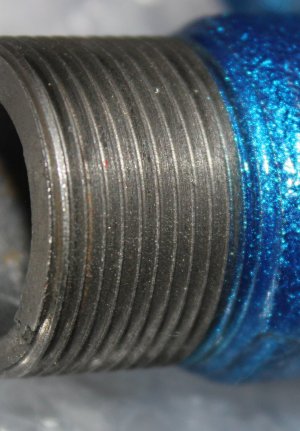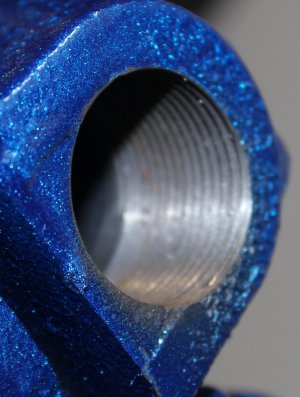I am not sure. There is a tiny, smooth area at the base of the male thread the same diameter as the thread itself. It does seem like it seats into the female port, but I am quite skeptical this could provide a reliable seal. Vibration would tend to break this sealing surface in a hurry. What's more, there is no way to adjust the angle of the elbow, and in fact when tightened, it juts away at a crazy angle nearly 180 degrees from the way it needs to point. It's a little hard to see the surface, but here is a photo.How did the elbow seal? The straight pipe threads I have seen in hydraulic lines use an o ring and what looks like a half nut to seal the threads. The Asian straight pipe threads in metric sizes have to be measured to figure out what they are. Japan’s are different from China’s. It can be very confusing.





